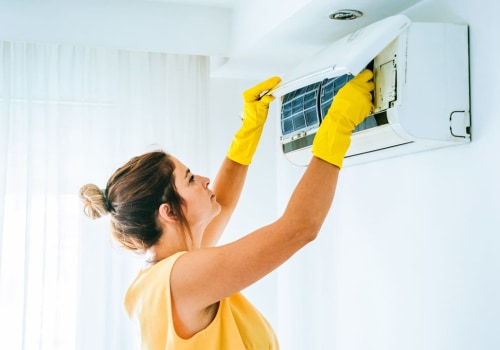Are you looking to install HVAC ducts or undertake other home improvements related to these projects? If so, you may be wondering why the cost of such projects can be so high. The answer lies in the detailed costs of the most common types of ducts and supplies needed to complete the installation. Rob Falke, president of the National Comfort Institute, a company that helps air conditioning companies improve their businesses, notes that the cost of replacing equipment is usually between 30 and 40% of gross profits. However, this figure can vary depending on the materials used, the type of pipelines, their purpose, the labor expenses of the HVAC contractor, and the city in which you live.
In addition to these factors, homeowners should also consider that improvements such as cladding of the house, energy-saving windows, and increased insulation in the attic can reduce the need for heating and air conditioning capacity. This means that the next air conditioning system may be smaller than the old one, even if it was the right size. One option that can help to reduce labor costs is to have an HVAC professional help you size the ducts and then install them yourself. If the ducts are too small, you may hear them whistling due to excessive pressure causing air to escape through the duct joints. When it comes to HVAC ductwork installation, there are several factors that can affect its cost.
The materials used, labor expenses, and location are all important considerations. Additionally, homeowners should also factor in improvements such as cladding of the house, energy-saving windows, and increased insulation in the attic which can reduce the need for heating and air conditioning capacity. If you want to save on labor costs, you can have an HVAC professional help you size the ducts and then install them yourself. However, it's important to make sure that they are properly sized as undersized ducts can cause whistling due to excessive pressure escaping through the joints.



